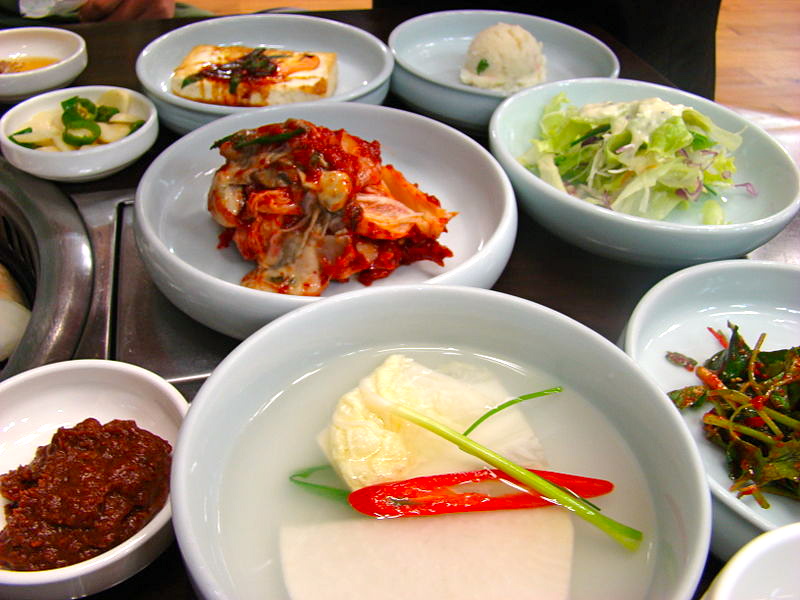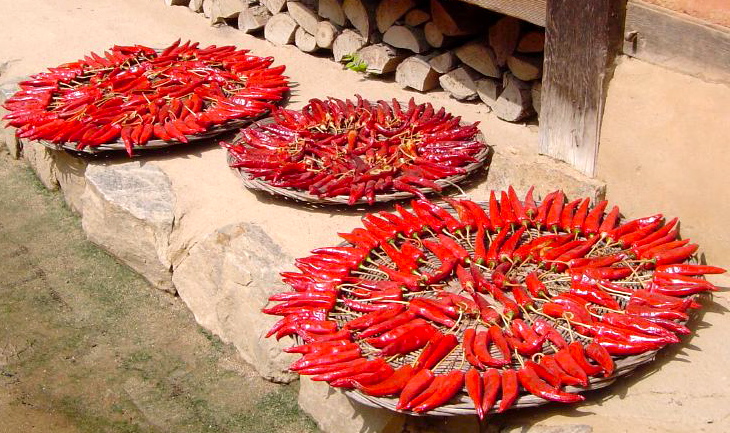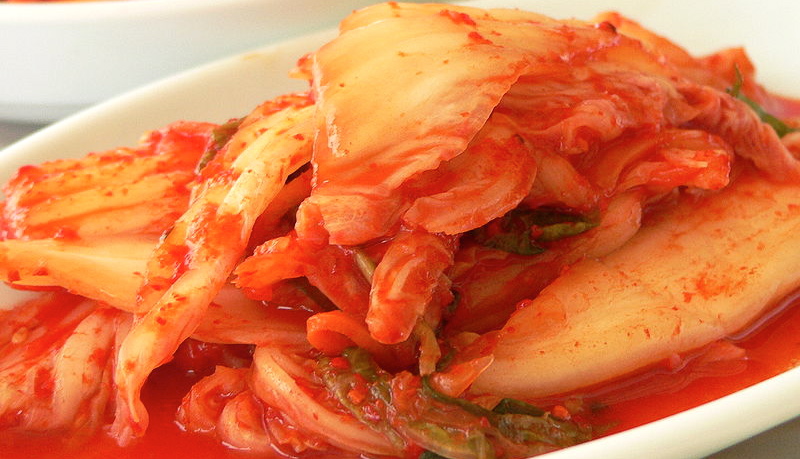Ah, kimchi. Some days I love you, some days I can’t stomach you.
Your time in Korea will often be spent around this staple Korean side dish.
For me, kimchi was an acquired taste. And unless you like eating saurkraut with every meal, you’ll probably have a warming up period as well.
But in the end, I think you’re going to like kimchi.
What is Kimchi Anyways?
Kimchi has been around in some form for hundreds of years. It’s such an old dish because it could be prepared before refrigeration and preservatives. In fact, it’s kind of it’s own preservative.
Kimchi has just two types of ingredients:
- vegetables
- seasonings
But like any thing that looks easy to do, making great kimchi is anything but. You’ll have to spend a few failed attempts trying to get the proportions to suit your taste.
Sweet and Sour? Think Spicy and Sour
Sweet and sour chicken or pork has a huge following among Western eaters. And for good reason.
It combines the best of both worlds. It’s kind of like why sweet and salty snacks are so good.
But kimchi on the other hand pairs sour with spicy. This combination can be too much those unaccustomed to strong Asian foods or Korean cooking.

Photo credit: flowerguy
Korea’s National Food
Many cultures have distinctive food that involves pickled ingredients.
Japan for example has nattō, which is a formidable concoction of fermented soybeans.
Although kimchi has been around for a long time, the main ingredient in many modern forms of kimchi, red chili, was only introduced in the late 1500s.
But that doesn’t stop Koreans from identifying strongly with their heritage food.
During the Vietnam War, the President of South Korea called Lyndon Johnson and pleaded his case that American troops keep open supply lines so SouthKorean troops could get their daily ration of the dish. Talk about dedication!
A Familiar Spice Gives Kimchi a Flavor You Will Recognize
Red chili flakes provide the base for the spicy flavor of kimchi, but other seasonings are used depending on the local region or main dish.
How do you know which type of kimchi is which? It has to do with what’s the main vegetable and the specific mix of spices.
Officially, you’ll find 187 different kinds of kimchi displayed in Seoul’s Kimchi Field Museum.
But the most common ingredients include ginger, radish, garlic, and seafood based sauces.
Kimchi Taste is Regional – and May Depend on Season
If you visit Seoul, more than likely you’ll be served kimchi that isn’t as salty, spicy, or seafood-flavored as that which you might encounter in a southern city like Busan.
Not all types of kimchi are necessarily spicy. A form of kimchi, called white kimchi, is made without red pepper flakes.
Traditionally, kimchi would change form as the year progressed. Certain vegetables were available at different times during the year due to various growing cycles, so the main ingredient in vegetable kimchi often changed.
Nowadays, kimchi refrigerators allow for the proper care and storage of vegetables for all types of kimchi.

Red chili peppers, kimchi’s top spice
Photo credit: The Chosun Bimbo
Weird Facts About Kimchi
The Los Angeles Times found that the average South Korean eats about forty pounds of kimchi each year.
It’s low in calories, has high fiber content, and is loaded with vitamins like vitamin A, vitamin B complexes, calcium, carotene, and iron. All this stuff is good for you.
However, Koreans eat so much kimchi that some studies show they’ve got an increased risk for certain types of cancer associated with the digestive system.
How to Make Kimchi Yourself
Kimchi is served with almost any meal in Korea. For foreigners this might seem overwhelming at first. But just think of it like ketchup with french fries or mayo on a sandwich.
Each culture has certain food protocols that might seem weird and strange to people of other countries.
Some interesting uses for kimchi in Western style cooking are to mix it in with scrambled eggs or use it as a topping for baked potatoes.
I’ve found that eating kimchi straight from the jar to be too overwhelming. I like it only as a side item, and then only in small quantities.
You can make your own kimchi, but the process is a bit time consuming and messy. You’ll need to let it ferment for up to five days for the best (and most authentic) results.
Emily Ho has a great recipe for making your own vegetable kimchi.





